Behind the Design
Better care doesn’t happen by chance—it happens by design. Explore the research behind our designs.

Better BP ® is
better care.
Heart disease is the leading cause of death for Americans today and hypertension is a contributing factor.1 In fact, high systolic blood pressure (BP) is the single leading modifiable risk factor for death worldwide.2 That’s why we designed the only fully integrated point of care ecosystem to help promote a more consistently accurate blood pressure measurement by targeting 3 key areas using 3 key products.

Many healthcare providers have admitted to not following American Heart Association (AHA) recommendations for more accurate BP measurement.3 As many as 30 million or more Americans4 may be incorrectly classified as having hypertension (that’s close to the current population of California). What can you do?
Adherence to AHA-recommended3 patient positioning is essential to an accurate BP measurement. In fact, proper positioning alone lowers resting BP measurements by 7 mmHg systolic and 4.5 mmHg diastolic.4 The Midmark 626 Barrier-Free® Examination Chair with Patient Support Rails+ helps promote AHA-recommended patient positioning for BP capture.3 The barrier-free low chair height allows most patients to place their feet flat on the floor while the rails support the arm with cuff at heart height.
Explore the latest study released by eClinicalMedicine, one of the Lancet Discovery Science journals, reporting the cumulative effect of poor positioning that occurs when BP is taken with the patient sitting on a typical clinical exam room table.
Hover over the blue dots to see the effects of positioning on BP capture.5
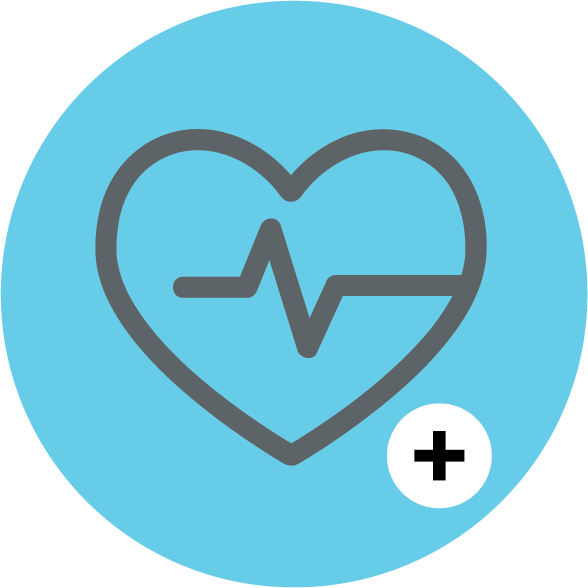
Cuff Placed on
Bare Arm
The upper arm should be bare. Any clothing covering the cuff location should be removed. Placing the cuff over clothing can add 5 to 50 mmHg. Clothing covering the cuff location should not be rolled so as to not have a tourniquet affect above the
BP cuff.

No Talking
Neither the patient nor the person taking the measurement should talk during the procedure. The patient talking or actively listening can increase the measurement by 10 to 15 mmHg.

Arm Supported at
Heart Height
The patient’s arm should be supported at heart level (the middle of the cuff on the upper arm should be at the level of the right atrium). An unsupported arm can add 6 to 10 mmHg to the measurement. If the arm is above heart level, the reading can be too low (-2 mmHg per inch). If the arm is below heart level, the reading can be too high (+2 mmHg per inch).

Back Supported
The patient should be seated comfortably with the back supported. If the patient’s back is not properly supported, the measurement can increase 6 mmHg.
Neither the patient nor the person taking the measurement should talk during the procedure. The patient talking or active listening can increase the measurement by 10 to 15 mmHg.
The upper arm should be bare. Any clothing covering the cuff location should be removed. Placing the cuff over clothing can add 5 to 50 mmHg. Clothing covering the cuff location should not be rolled to prevent a tourniquet affect above the BP cuff.
The patient’s arm should be supported at heart level (the middle of the cuff on the upper arm should be at the level of the right atrium). An unsupported arm can add 6 to 10 mmHg to the measurement. If the arm is above heart level, the reading can be too low (-2 mmHg per inch). If the arm is below heart level, the reading can be too high (+2 mmHg per inch).
The patient should be seated comfortably with the back supported. If the patient’s back is not properly supported, the measurement can increase 6 mmHg.
The patient should be seated comfortably with legs uncrossed. If the patient’s legs are crossed, the measurement can increase by 2 to 8 mmHg.
The patient should be seated comfortably with feet flat on the floor. If the patient’s feet are not flat on the floor, the measurement can increase 6 mmHg.
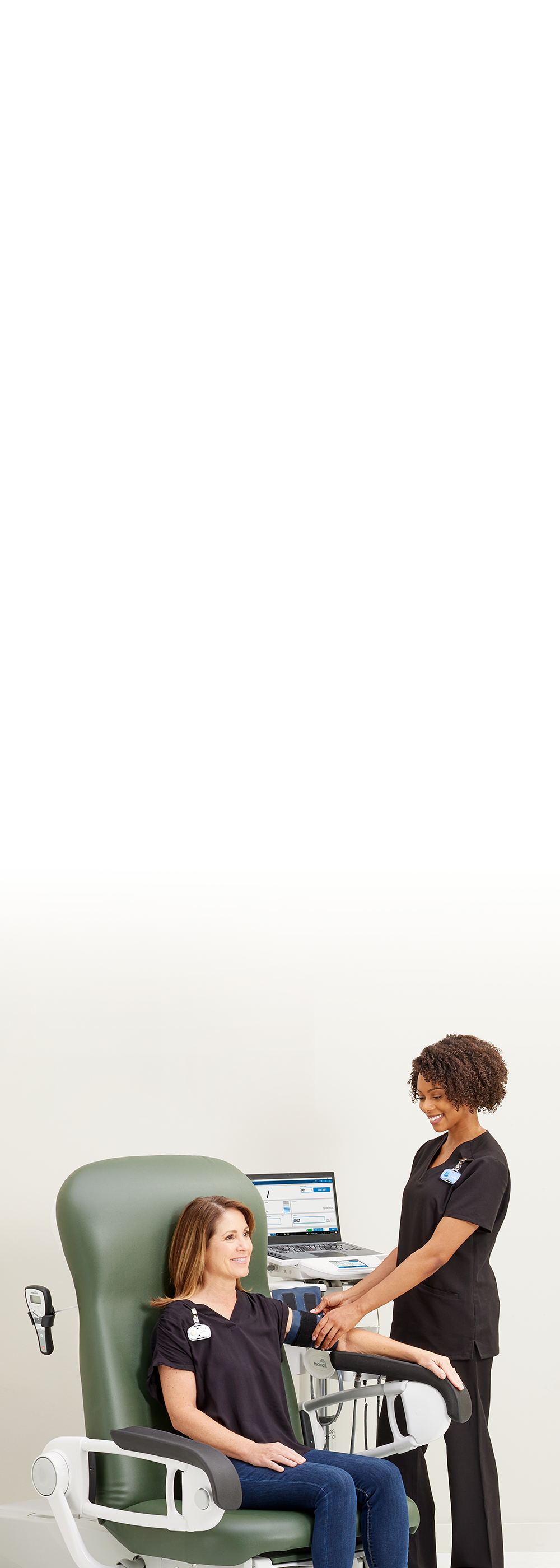
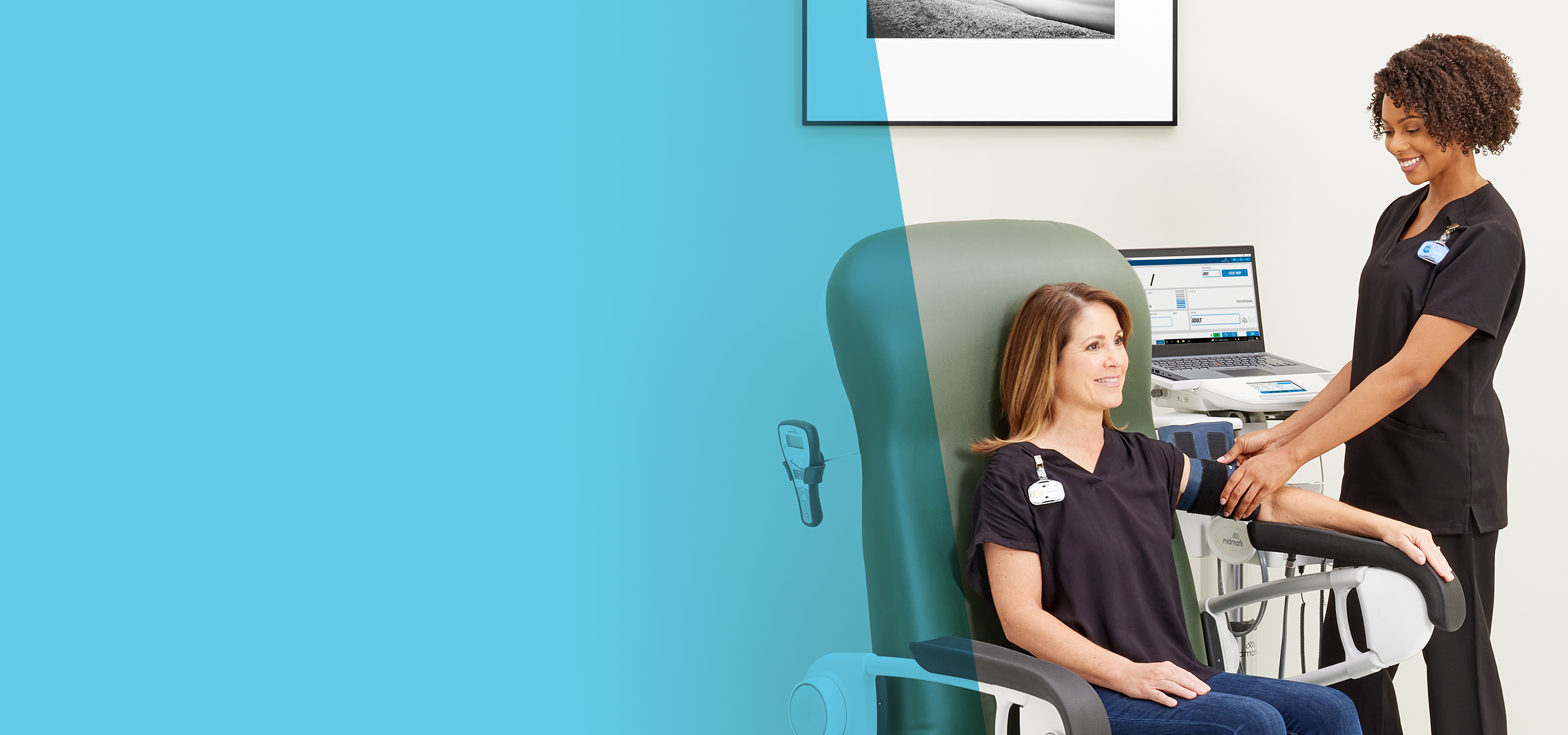

Automating vital signs acquisition at the point of care can help promote consistency and data accuracy by minimizing human variables. In fact, the American Heart Association considers automated office blood pressure (AOBP) to be the preferred method for recording BP in clinical practice. AOBP readings are more accurate than conventional manual office BP readings and are not subject to the whitecoat effect.6
Midmark IQvitals® Zone™ is the first product of its kind to implement a SPRINT protocol with patient positioning guidelines in a vital signs acquisition device to help ensure proper patient preparation and easier adoption of AHA guidelines3 for more accurate blood pressure readings.

Automating vital signs acquisition at the point of care can help promote consistency and data accuracy by minimizing human variables. In fact, the American Heart Association considers automated office blood pressure (AOBP) to be the preferred method for recording BP in clinical practice. AOBP readings are more accurate than conventional manual office BP readings and are not subject to the whitecoat effect.6
Midmark IQvitals® Zone™ is the first product of its kind to implement a SPRINT protocol with patient positioning guidelines in a vital signs acquisition device to help ensure proper patient preparation and easier adoption of AHA guidelines3 for more accurate blood pressure readings.
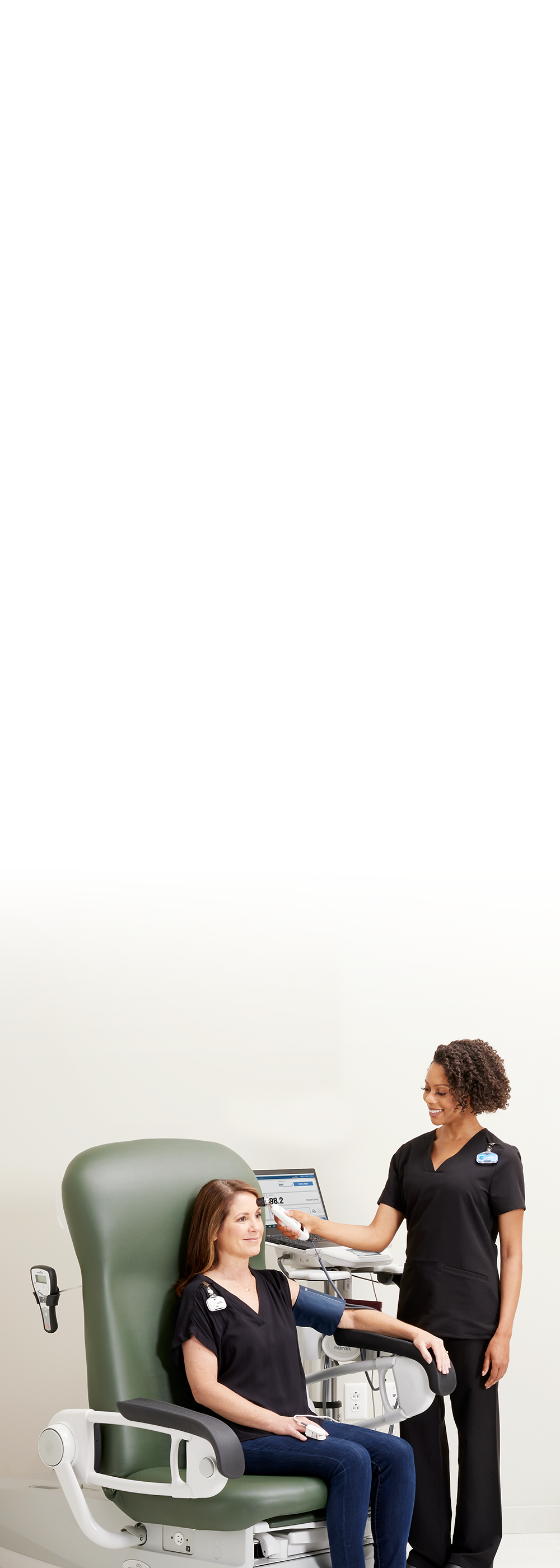
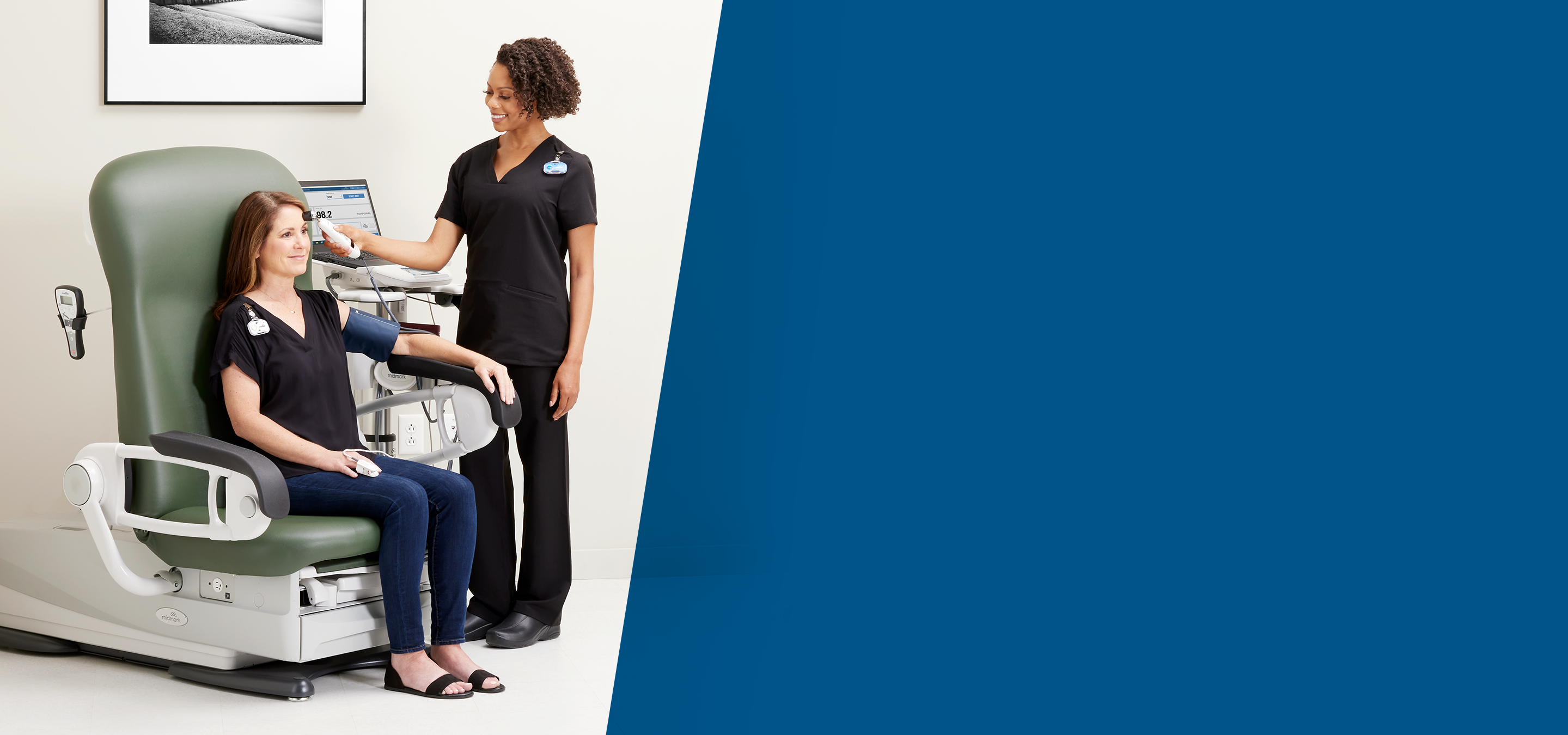

Seamless connectivity from the automated vital signs device to the EMR allows access to patient information and facilitates automatic transfer of data to the patient chart. This minimizes the need for manual entry of patient data, improving workflow efficiency and reducing the likelihood of transcription errors.
Click here for a list of our current EMR/EHR partners, information pertaining to device and software compatibility, or to begin the partner registration process.

Seamless connectivity from the automated vital signs device to the EMR allows access to patient information and facilitates automatic transfer of data to the patient chart. This minimizes the need for manual entry of patient data, improving workflow efficiency and reducing the likelihood of transcription errors.
Click here for a list of our current EMR/EHR partners, information pertaining to device and software compatibility, or to begin the partner registration process.
What is Inaccurate BP Costing You?
What is Inaccurate BP Costing You?
Better care doesn’t happen by chance—it happens by design. Explore the research behind our designs.
1 https://www.cdc.gov/nchs/fastats/leading-causes-of-death.htm
2 https://www.thelancet.com/journals/eclinm/article/PIIS2589-5370(23)00396-6/fulltext
3 https://www.aafp.org/afp/2005/1001/p1391.html
4 https://onlinelibrary.wiley.com/doi/10.1111/jch.14418
5 https://targetbp.org/wp-content/uploads/2016/10/In-Office-BP-Measurement-Infographic_TBP-1.pdf
6 https://www.ahajournals.org/doi/10.1161/HYP.0000000000000087